U.S. Groundwater Wells Race Towards Bottom
Well depths are increasing across the country, study finds.
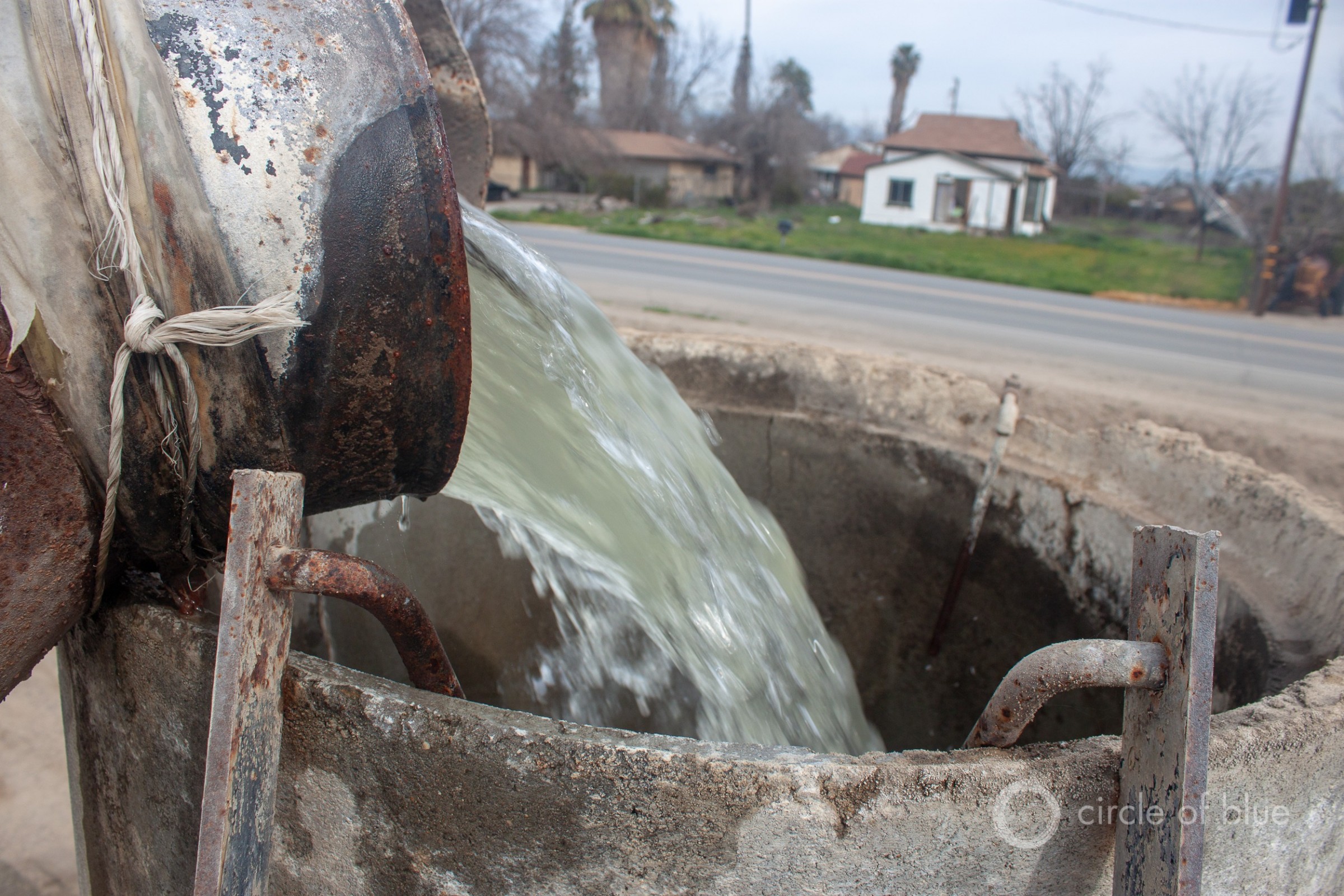
An irrigation well in southern Kern County, California, is located across the road from a small residential subdivision. Photo © Brett Walton/Circle of Blue
By Brett Walton, Circle of Blue
To locate sufficient supplies of fresh water, the nation’s groundwater wells are being drilled deeper and deeper, according to an analysis of more than 10 million well records since the 1950s.
“No matter how you slice it, we’re drilling deeper across the United States,” Debra Perrone, a study co-author and assistant professor of environmental studies at the University of California, Santa Barbara, told Circle of Blue.
No matter how you slice it, we’re drilling deeper across the United States.” Debra Perrone, University of California, Santa Barbara
The assessment of 11.8 million well logs from 46 states “stitches together a comprehensive map,” Perrone said. The study, published online July 22 in the journal Nature Sustainability, is the latest in a series of recent research papers to reveal worrisome trends for U.S. groundwater.
Simply drilling deeper, for a number of reasons, is not a long-term winning strategy, Perrone and co-author Scott Jasechko caution. Deeper groundwater tends to become saltier. Pumping from such depths increases the energy demand for groundwater. Deeper wells put shallower wells at risk of failure, especially if homeowners cannot afford a new well, which could cost several thousand dollars. And deeper waters could be a “strategic reserve” for times of extreme drought that dry up streams and diminish reservoirs. They call unchecked well deepening “an unsustainable stopgap” to the problem of groundwater depletion.
Perrone and Jasechko, also of the University of California, Santa Barbara, started their project by mapping three data points: well depth, location, and the purpose of the well, whether for irrigation, industry, or domestic use. The data, gathered from state and local agencies, included new wells and deepening of existing wells.
They found a persistent deepening trend. Depending on how the data were analyzed, for every area in which wells showed a shallower trend there were 1.4 to 9.2 other areas that showed a deepening trend.
The researchers then compared well depths to water-level changes in five key aquifers that are essential for domestic or agricultural use. Those aquifer systems are: the Central Valley of California, the Mississippi embayment of predominantly Arkansas, Louisiana, Mississippi, and Missouri; the North Atlantic coastal plain, extending from North Carolina to New Jersey; the High Plains, which stretches from South Dakota to Texas and includes the famed Ogallala; and the Floridan, across northern Florida.
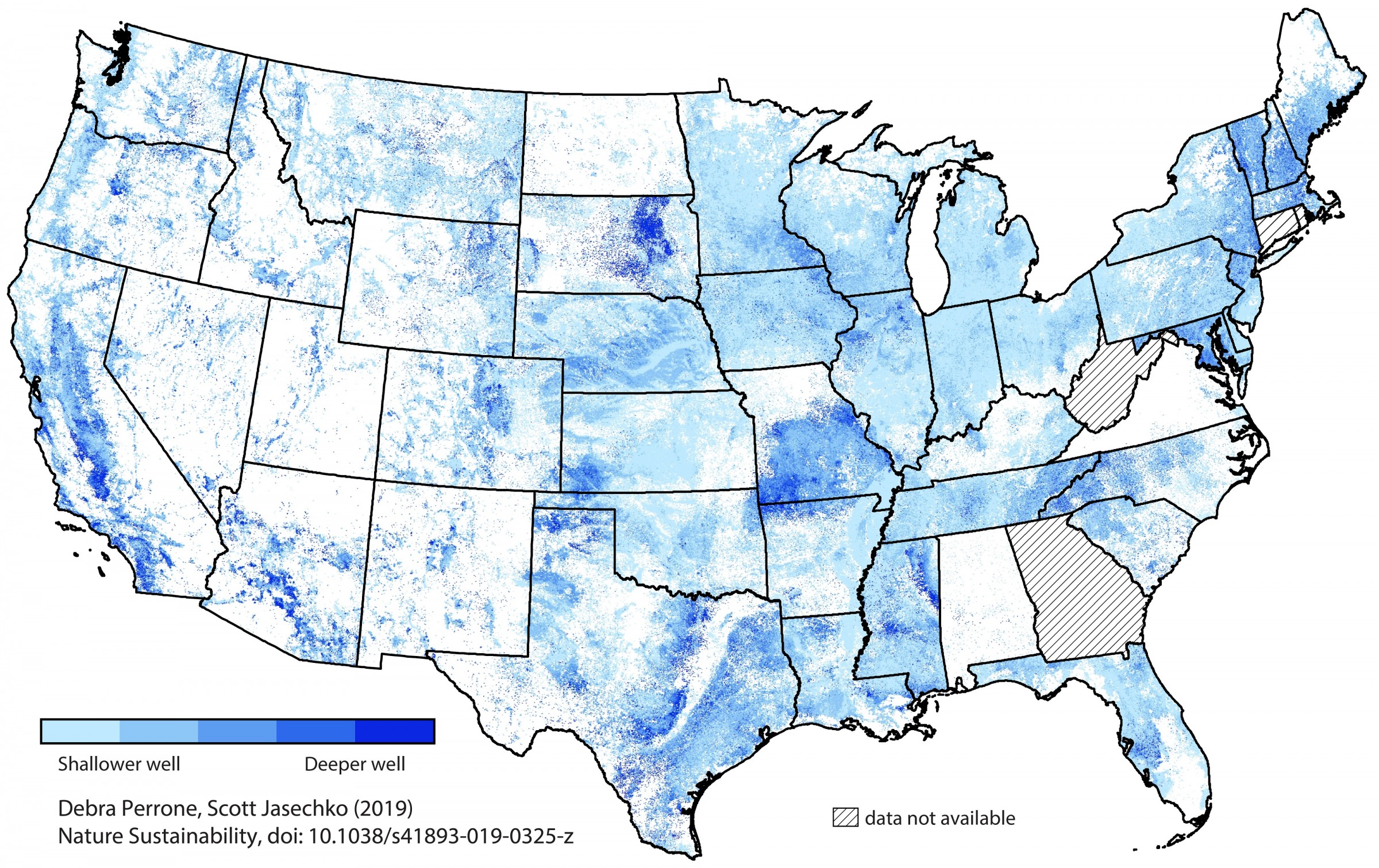
Water well depths in the United States. Darker blue indicates deeper wells.
Well deepening did not occur at the same pace in each of the aquifer systems, which exhibit unique subsurface geologies and political and economic circumstances. Wells in the northern half of the High Plains, for instance, revealed a shallowing trend from 1975 to 2000, when groundwater levels rose.
In the southern plains states of Kansas and Texas, however, not all wells are being deepened even in areas of groundwater decline. Those areas may already have groundwater levels hit bottom, Jasechko surmised. Deeper drilling would not provide additional water.
Those are the patterns. But why are they occurring? The study did not examine the causes of deeper wells. But Perrone and Jasechko did suggest several factors. Groundwater near the surface may be polluted by farm runoff or road salts. In other cases, regulations may require that certain aquifer formations be tapped, some of which may be deeper than layers previously used. Most obviously — and most distressingly — deeper wells may be a signal of depletion, that shallower groundwater is being used up and an arms race of sorts is occurring underground.
The study adds to a growing pile of recent research that indicates turbulent years ahead for groundwater supplies. In a related assessment published last November, Perrone and colleagues at the University of Arizona and University of Saskatchewan found that the depth of fresh groundwater in the United States is lower in many areas than previously thought.
The consequences of falling groundwater levels are not isolated within wells. A study published last month from researchers at the University of Arizona and Colorado School of Mines used computer modeling to simulate the effect of 20th-century groundwater withdrawals on streams and wetlands. Groundwater depletion increased aridity (by reducing water available to plants’ root zone) and diminished the amount of water in streams especially in the High Plains, where smaller waterways, choked off from subsurface replenishment, dried up.
Climate forecasts suggest that more streams may vanish. A paper published this week by scientists at Columbia University and NASA Goddard Institute for Space Studies looked at “megadroughts” that occurred in the American Southwest several centuries ago. The factors that led to a series of decades-long dry periods between the 10th and 16th centuries will be magnified by global warming, the authors concluded. A return of such conditions would drastically reduce the amount of water available to recharge aquifers.
Taken as a whole, the evidence points to unrelenting pressure on the nation’s groundwater reserves, even as those deeper stores of water become increasingly valuable as a buffer against foreboding aridity.
Brett writes about agriculture, energy, infrastructure, and the politics and economics of water in the United States. He also writes the Federal Water Tap, Circle of Blue’s weekly digest of U.S. government water news. He is the winner of two Society of Environmental Journalists reporting awards, one of the top honors in American environmental journalism: first place for explanatory reporting for a series on septic system pollution in the United States(2016) and third place for beat reporting in a small market (2014). He received the Sierra Club’s Distinguished Service Award in 2018. Brett lives in Seattle, where he hikes the mountains and bakes pies. Contact Brett Walton

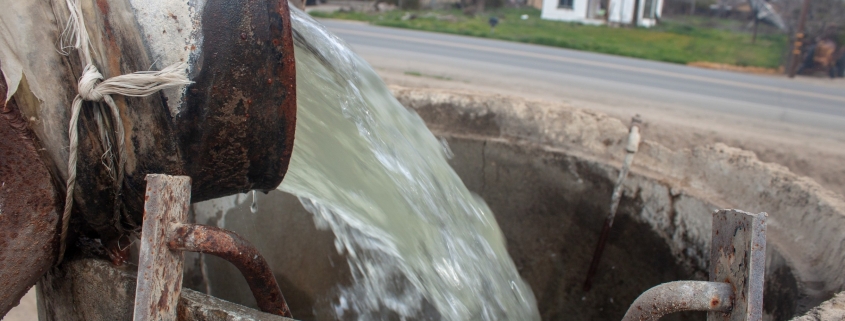

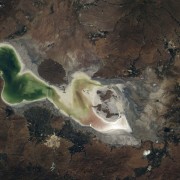
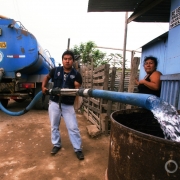
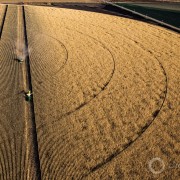
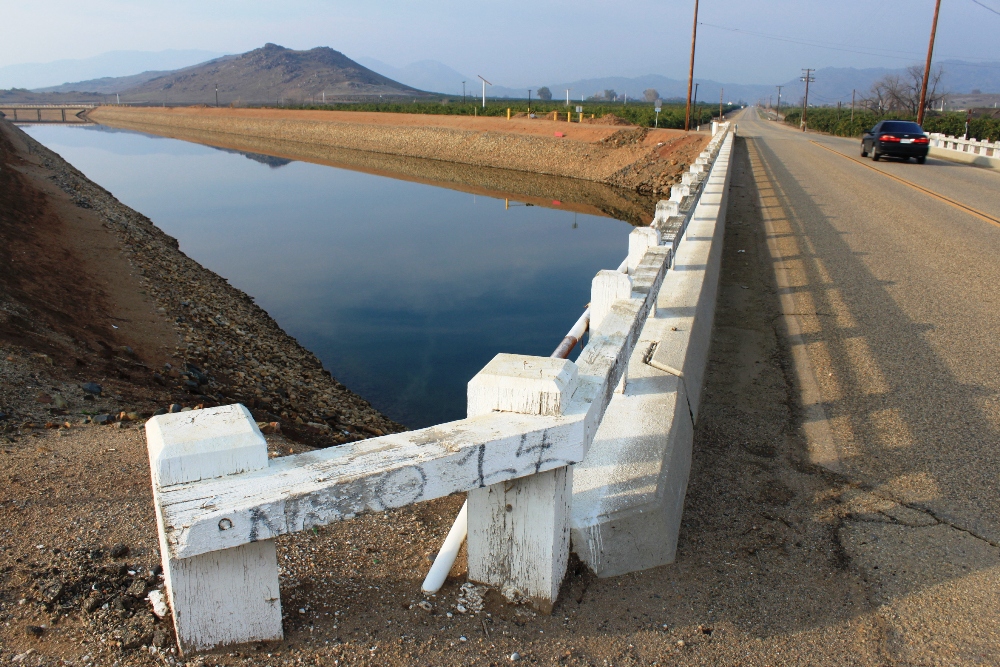





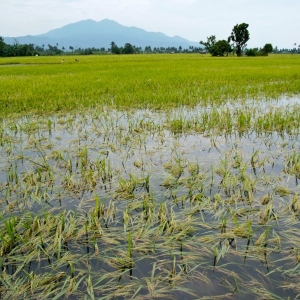
It’s interesting to know that there would be a deepening trend for every area with shallow wells and they are around 1.4 to 9.2 other areas that are like that. Personally, I wanted to have our own source of water, since we have a wide backyard. And we can probably allot one part of the land to have a well drilling service done, so I hope there is a deep or even shallow source beneath us when we get this done.
Thank you for stating that if the groundwater levels reached their lowest point, deeper drilling would not produce more water. My grandfather wants to drink water from the well. I’ll advise her to see a professional well driller so they can find a location where they can obtain more water.
Thank you for mentioning that the scientists compared well depths to water level changes in five major aquifers that are crucial for home or agricultural use. My spouse hopes to use the water well for farming. To ensure that he receives proper drilling, I will advise him to hire commercial drilling services.
excellent blog, Thank you for posting.